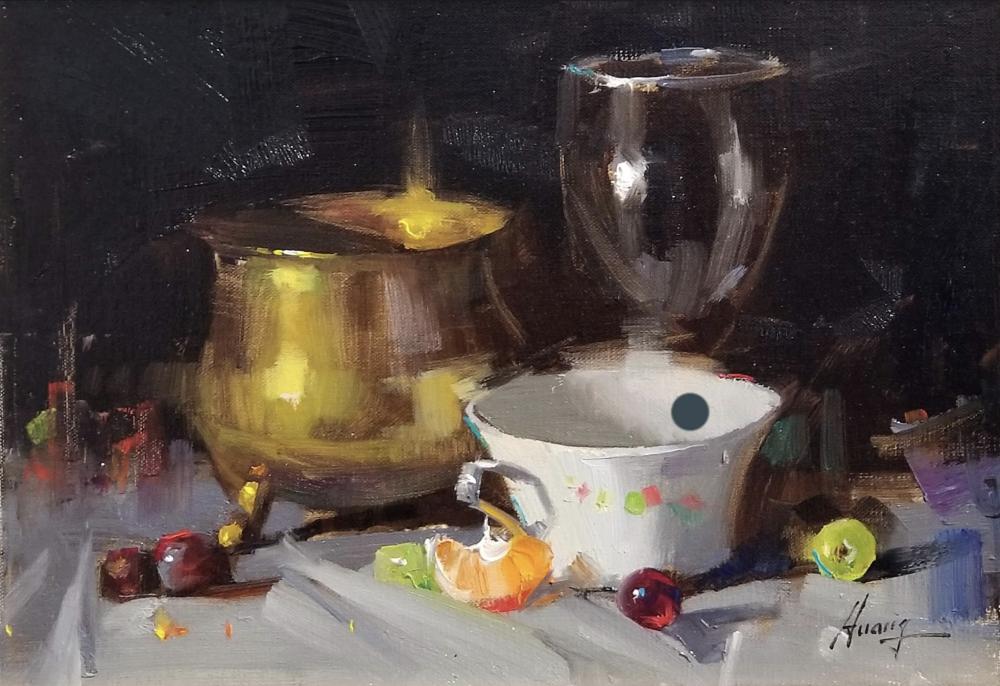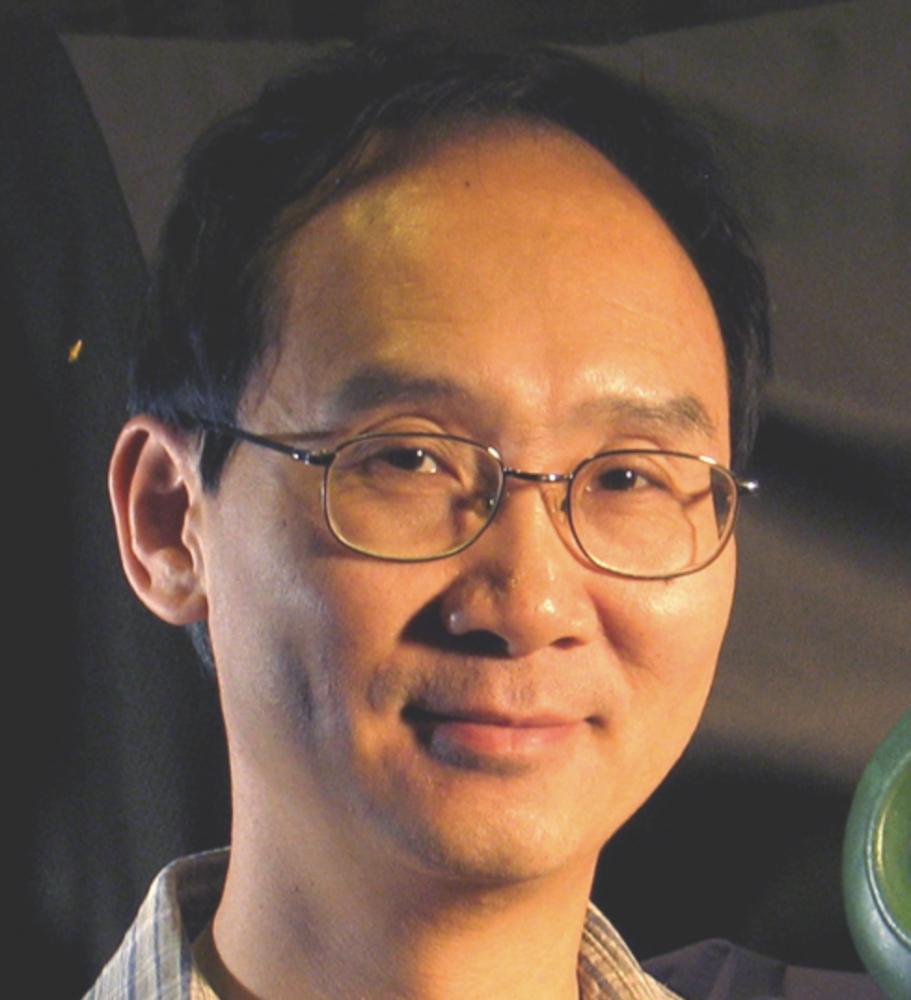Cambridge is about to be put on the map again. Coming in the next few weeks will be the installation of a remarkable public art project, The Dorchester Women’s Mural, featuring 12 past and current Dorchester-based women who have made a significant contribution in their field that extends far beyond their community.
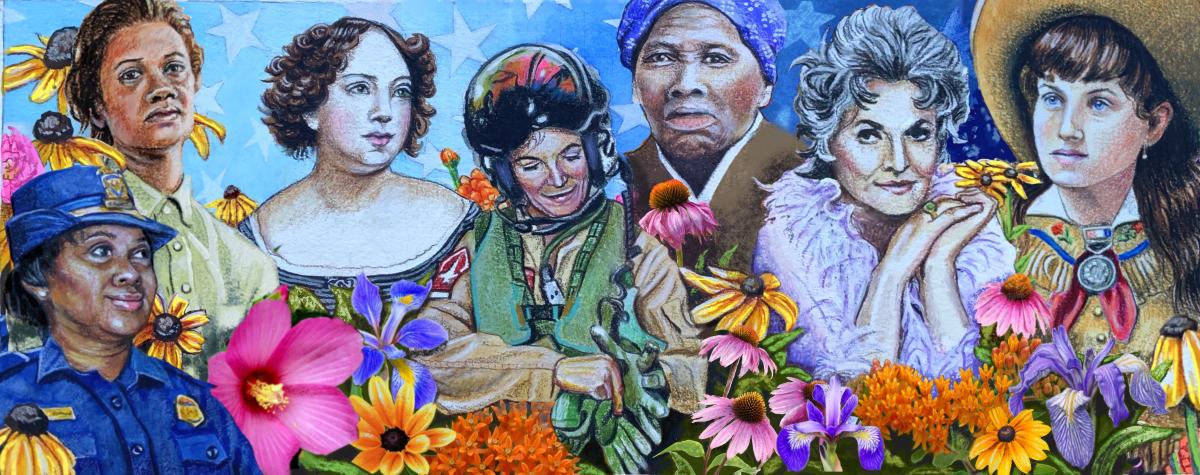
The original project’s scope was to enhance the sidewall of the Main Street Gallery on 518 Poplar with a colorful mural. To help pay for the image and bring similar art projects into the community, a group of artists from the Main Street Gallery co-op formed the nonprofit Cambridge Community Arts Foundation, Inc. (CCAF) in 2021. Local individuals and community organizations helped launch a grassroots effort to make the mural a reality, and CCAF secured a grant from the Maryland State Arts Council’s Public Art Across Maryland program.
Next, CCAF formed a Mural Selection committee which put out an RFP (request for proposals) for applicants to submit their plans. Of the 17 entries received, three were asked to present a final rendition of their ideas. The winning muralist was Bridget Cimino from Baltimore. She was chosen, said CCAF President Theresa Knight McFadden because her work was “bold and colorful.” Her presentation also separated her from the competition. “Some of the entrants,” said McFadden, “photoshopped pieces. Bridget actually drew and painted her submission. That gave us a really clear picture of what she would do.”
As identified by the committee, seven women would be recognized and appear on the Dorchester Women’s Mural. These were: Yogananda Pittman, former Acting Chief of the U.S. Capitol Police; Civil Rights activist Gloria Richardson; Admiral Sara A. Joyner, the first female carrier strike fighter squadron leader; Anna Ella Carroll, advisor to President Lincoln; Bea Arthur, actress of stage, screen and television; champion sharpshooter Annie Oakley, and social activist Harriet Tubman.
It was muralist Cimino who recommended extending the mural onto the adjacent wall of 516 Poplar Street and include other locally significant women. Building owner William E. Harrington agreed.

With input from the community, five additional women were chosen to be added to the extension: Mayor Victoria Jackson-Stanley, the first woman and first African American mayor of Cambridge (three terms); Dr. Lida Orem Meredith, the first woman doctor in Dorchester County, especially noted for her service to the underprivileged; Fronnie Jones, the matriarch of a legendary 60-year, multi-generational crab picking family at J.M. Clayton’s; Donna Wolf Mother Abbott, the first woman Chief of the Nause Waiwash tribe, and Dakota Abbott Flowers, six-time champion muskrat skinner, and former Miss Outdoors.
McFadden is looking forward to this commemorative piece being an attraction to tourists and part of the mural tour in Cambridge. There will be a legend on the wall identifying the women, and rack cards with additional information will be available at businesses. An educational component is being developed to make these women’s stories a teaching resource for the 4th and 8th grade social studies classes in Dorchester County Schools.
“There are 12 strong women up there,” said McFadden. “Usually, in projects like this, there are a lot of men who are recognized as having left an imprint on our community, and maybe a couple of women. But here are all women who’ve done really wonderful things. And they’re all from the area. When I first saw it, I thought how inspiring this is and how cool for girls and boys to see local women who went on and did some really good things. We are so very proud of their accomplishments. We hope that their stories will prompt other young women to pursue paths that excite their passions.”
A “Community Artist Day” is planned for one Sunday late in May or early June that will allow people to sign up and, under the tutelage of Cimino, help paint and bring it to life. Anyone interested in participating is encouraged to register by emailing [email protected].
As for the foundation’s future, McFadden is not yet sure, but community engagement is high on her priority. One project they have remained committed to is their Little Free Art Gallery. Like the Little Free Library, and with the motto, ‘bring a piece, take a piece,’ the wooden box outside the Main Street Gallery contains fun-sized works of art that have become a source of community curiosity and generosity. Visitors are encouraged to donate, look at or take and enjoy the available artist’s contributions.
More information about the mural (which will be located on the sidewalls of 516 and 518 Poplar Street in Cambridge) and the Little Free Art Gallery can be found on their Facebook page.
Val Cavalheri is a recent transplant to the Eastern Shore, having lived in Northern Virginia for the past 20 years. She’s been a writer, editor and professional photographer for various publications, including the Washington Post.




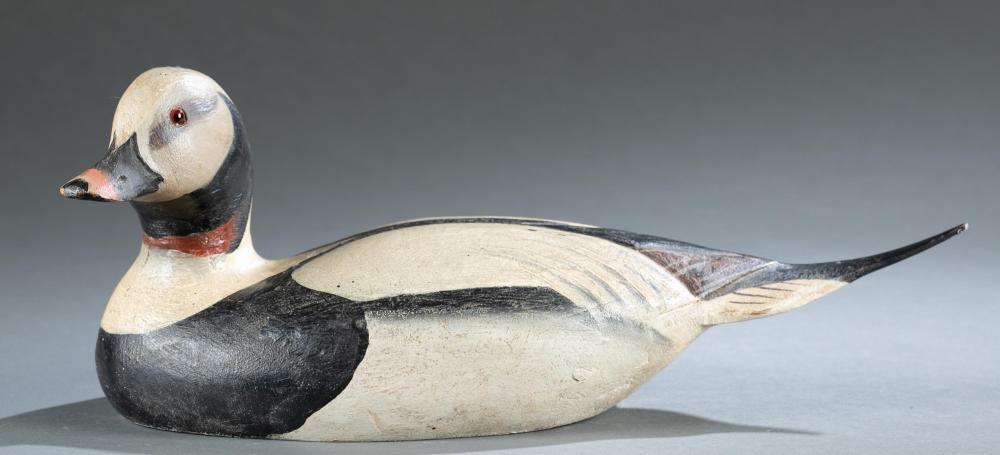






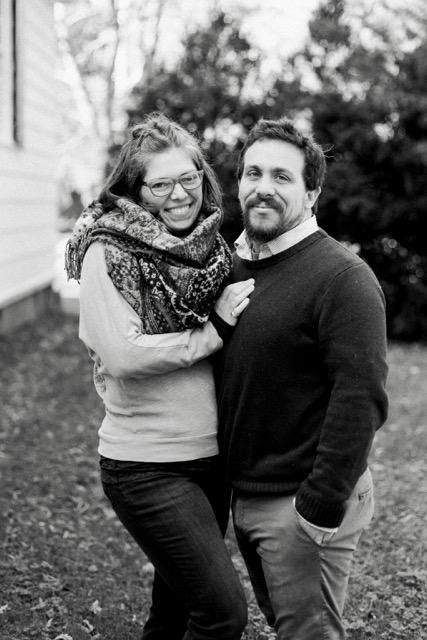
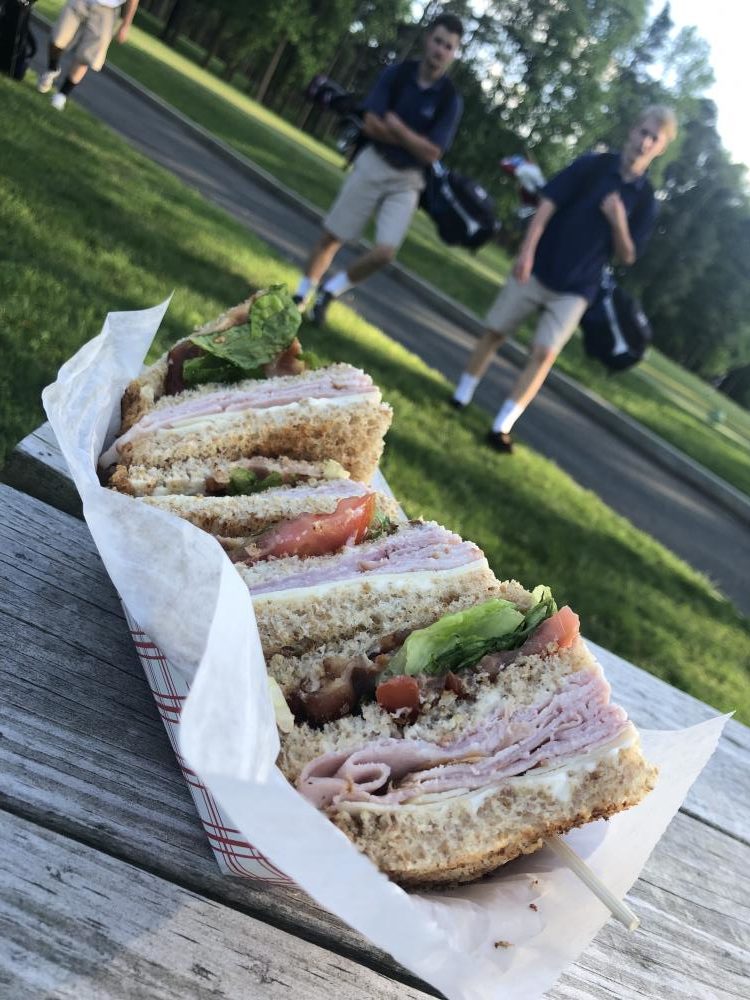
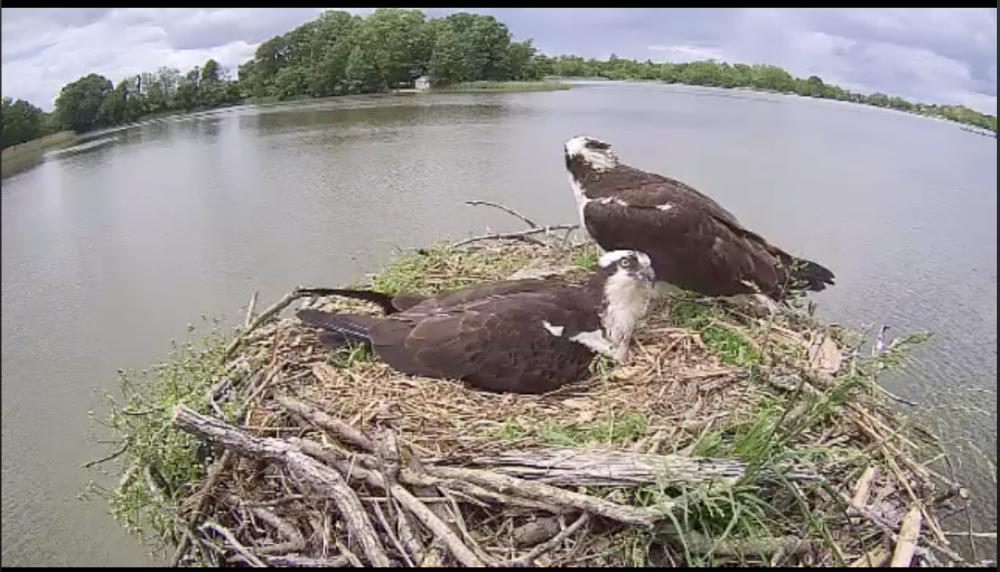
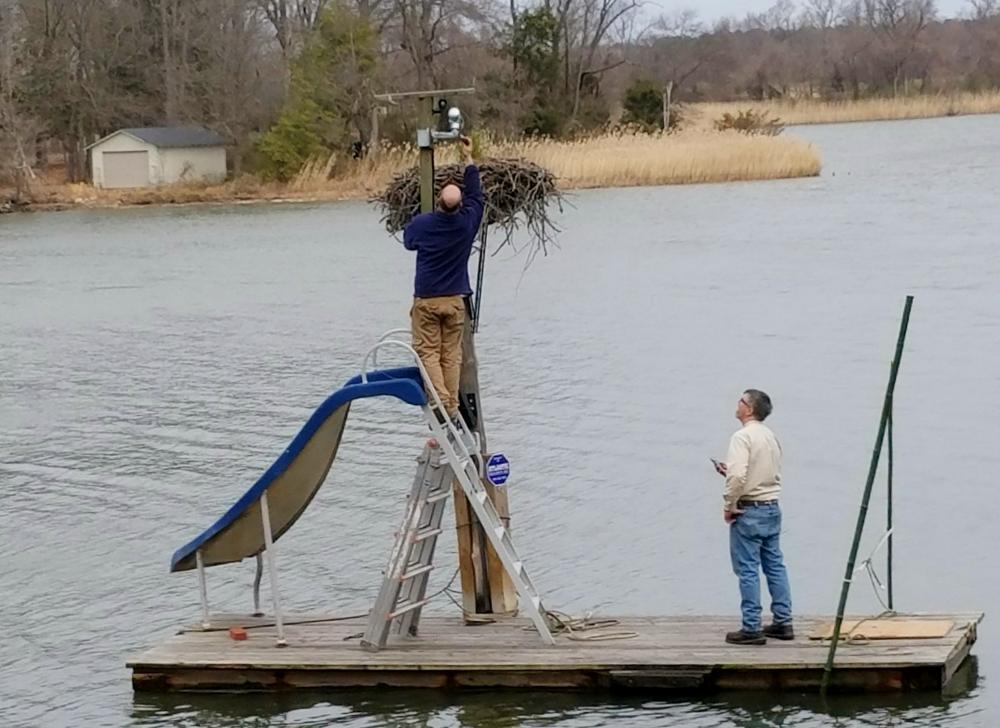
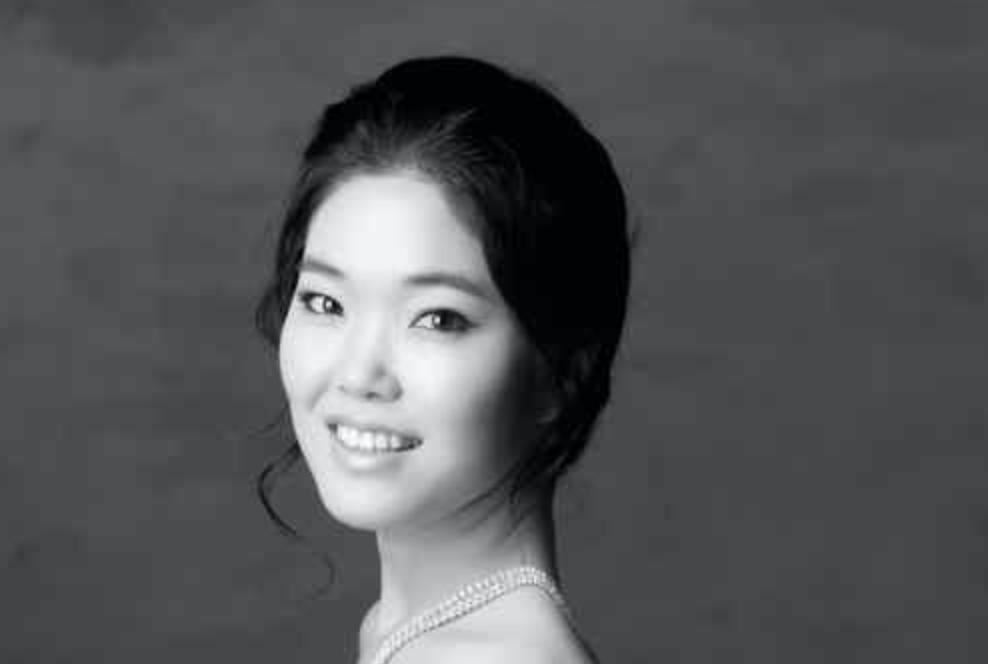




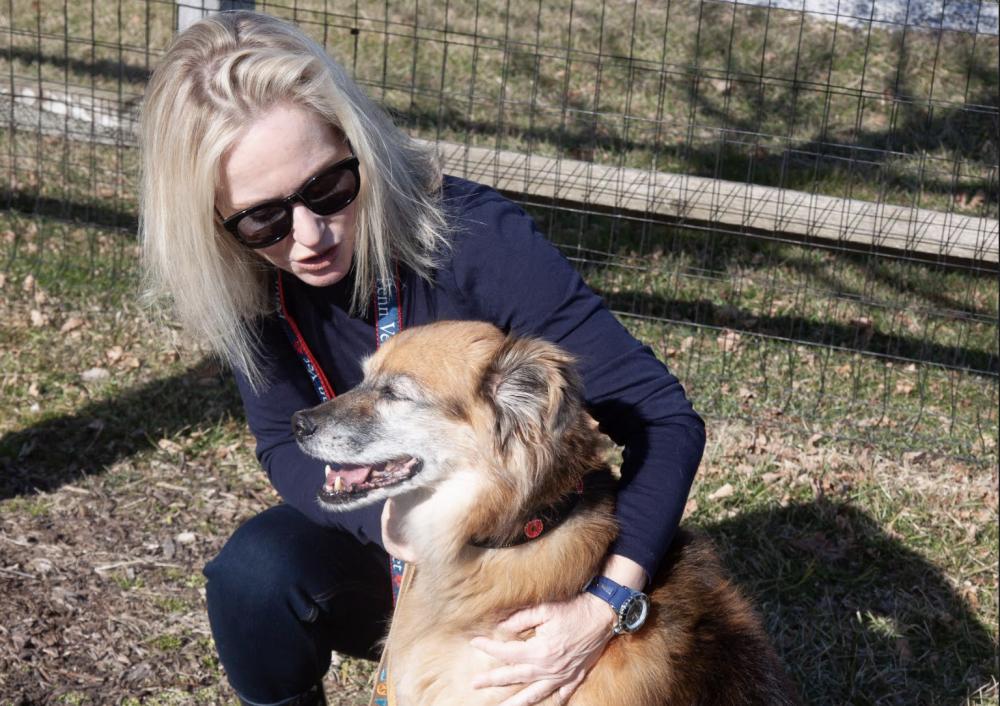
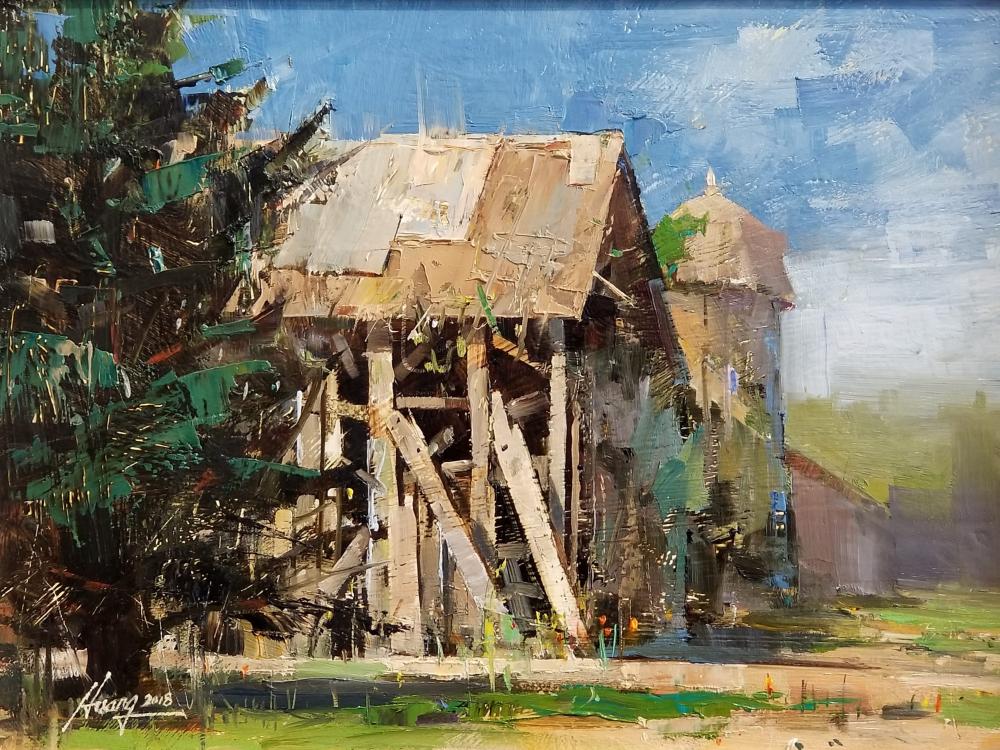 To hear him tell it, it began after he had moved to the US to study, after graduate school, after joining a startup company, after marriage, after a child, and after getting his citizenship. All the while pursuing a ‘hobby of drawing with charcoal or pencil for fun,’ when he had time after his demanding job. The real motivation came once he bought his first house and wanted to decorate it with some artwork. It was 1998. Says Huang, “I went to places like Michaels and Hobby Lobby, trying to buy some prints, but after so many years of dabbling in art, I was sensitive to colors and style and couldn’t find artwork I really liked. I went to galleries, museums and saw beautiful original fine art, but noticed that it was beyond my affordability.” He thought: Why not paint something?
To hear him tell it, it began after he had moved to the US to study, after graduate school, after joining a startup company, after marriage, after a child, and after getting his citizenship. All the while pursuing a ‘hobby of drawing with charcoal or pencil for fun,’ when he had time after his demanding job. The real motivation came once he bought his first house and wanted to decorate it with some artwork. It was 1998. Says Huang, “I went to places like Michaels and Hobby Lobby, trying to buy some prints, but after so many years of dabbling in art, I was sensitive to colors and style and couldn’t find artwork I really liked. I went to galleries, museums and saw beautiful original fine art, but noticed that it was beyond my affordability.” He thought: Why not paint something?